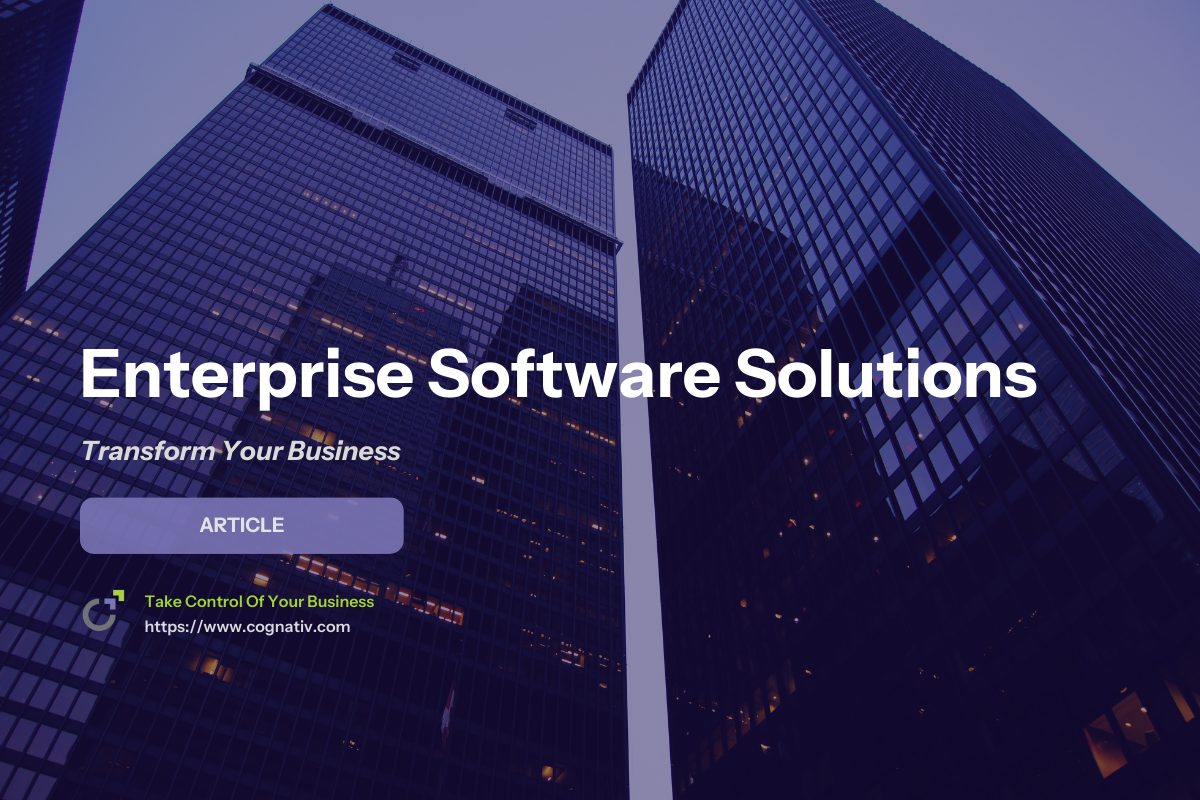Top Enterprise Software Solutions to Transform Your Business in 2025
Need enterprise software solutions to streamline your business? This article covers the top tools that can enhance your operations and keep you competitive.
Key Takeaways
-
Enterprise software solutions are essential for managing complex operations in large organizations, enhancing efficiency and productivity across core business functions.
-
The major categories of enterprise software include ERP, CRM, SCM, BI tools, HRM, project management, and EAM systems, each optimizing specific business processes.
-
Implementing enterprise software can improve scalability, operational visibility, and cost-effectiveness, but also presents challenges such as high implementation costs and employee resistance.
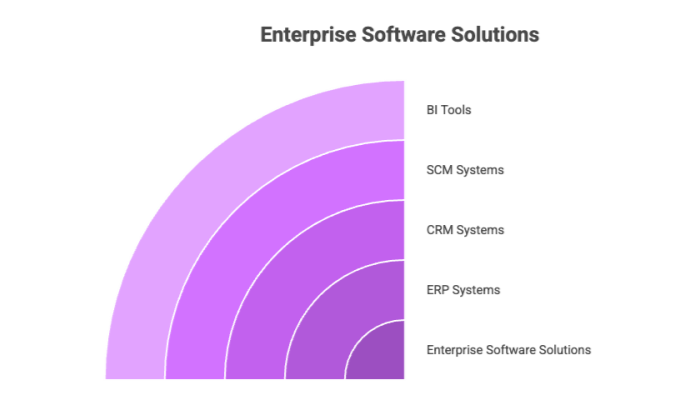

Understanding Enterprise Software Solutions
Enterprise software solutions ess are sophisticated tools designed to manage complex operations within large organizations. Unlike consumer-oriented software, which targets individual users, enterprise software is tailored to meet the needs of whole organizations, facilitating the integration and automation of various business processes. These software suites enhance efficiency, allowing businesses to maintain competitiveness in their respective markets. They are essential for aligning software capabilities with business objectives, ensuring that both current and future needs are met.
The core purpose of enterprise software is to improve productivity and efficiency across various business processes, including core business functions. This includes critical areas such as supply chain management, accounting, and customer relationship management. Automation of tasks and simplification of complex processes allow professionals to concentrate on strategic initiatives instead of mundane, repetitive tasks.
Ultimately, these workflow solutions integrate multiple tools and systems to enhance operational performance and address unique business challenges with a customized solution.
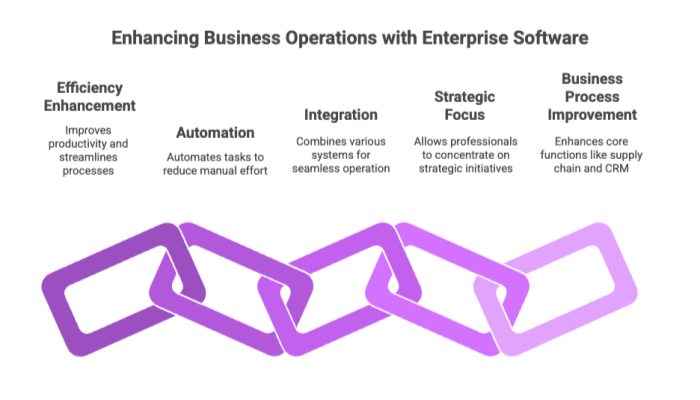

Key Types of Enterprise Software Solutions
The enterprise software space is vast, encompassing a variety of solutions tailored to different business needs. The major categories include:
-
Enterprise Resource Planning (ERP) systems
-
Customer Relationship Management (CRM) systems
-
Supply Chain Management (SCM) systems
-
Business Intelligence (BI) tools
-
Human Resource Management (HRM) systems
-
Project Management tools
-
Enterprise Asset Management (EAM) systems.
Each type of computer software plays a crucial role in optimizing specific business processes and improving overall business process operational efficiency.
Enterprise Resource Planning (ERP) Systems
Enterprise Resource Planning (ERP) systems are designed to integrate various business processes into one unified system. Consolidating data from different departments, ERP systems facilitate seamless communication and data sharing, crucial for effective decision-making. These systems automate tasks and simplify workflows across different business units, leading to increased operational efficiency and productivity.
One of the key benefits of ERP systems is their ability to support accurate forecasting. Consolidating historical data, ERP systems generate reliable predictions about future business needs, aiding organizations in effective planning. This makes ERP systems invaluable for managing inventory, supply chain operations, and other critical business functions.
Customer Relationship Management (CRM) Systems
Customer Relationship Management (CRM) systems are essential for managing and optimizing client customer interactions. The primary goals of CRM systems include building strong customer relationships, increasing buyer satisfaction, and fostering loyalty. These systems consolidate various types of information, including customer data, previous interactions, and purchase history, to provide a comprehensive view of each customer. This enables businesses to personalize interactions and improve customer service.
Popular CRM solutions like Salesforce and Hubspot offer a range of tools to manage marketing, sales, and customer service activities. Salesforce, for example, provides:
-
Centralized tracking of sales and interactions
-
Customizable dashboards for real-time performance visualization
-
A platform for integrating thousands of third-party apps, including sales force automation software.
Hubspot, on the other hand, is known for effectively organizing leads and existing customers, enhancing sales and service interactions. These systems not only streamline customer management but also significantly contribute to achieving revenue goals.
Supply Chain Management (SCM) Systems
Supply Chain Management (SCM) systems are designed to optimize the end-to-end processes involved in supply chain operations and operations management. Key functions of SCM software include inventory management, demand forecasting, and process visibility, which are crucial for maintaining efficient and transparent supply chain operations. Real-time tracking and predictive analytics in SCM systems help organizations reduce costs and enhance overall supply chain efficiency.
Examples of effective SCM solutions include Magaya Supply Chain and Shippabo. Magaya Supply Chain offers tools for shipping, warehousing, customs, and accounting management, significantly improving efficiency and reducing downtime in inventory movement.
Shippabo, a cloud-based platform, provides features like real-time tracking and predictive intelligence for delays, ensuring efficient management to deliver reliable shipments.
Business Intelligence (BI) Tools
Business Intelligence (BI) tools transform raw data into actionable insights, helping businesses analyze large amounts of data mining to make informed decisions. These tools are essential for improving data management and providing real-time data visibility across various development platforms, offering insightful analytics that enhance decision-making. BI tools like Tableau and Microsoft Power BI are popular choices for organizations looking to enhance their data analysis capabilities.
Tableau is known for its advanced analytics and predictive modeling capabilities, making it a powerful tool for data visualization. It supports both on-premise and cloud deployments, enabling flexible access to data visualization tools.
Microsoft Power BI, on the other hand, offers interactive dashboards, customizable visualizations, and seamless integration with other Microsoft Office products, making it a versatile choice for businesses.
Human Resource Management (HRM) Systems
Human Resource Management (HRM) systems, also known as Human Capital Management (HCM) software, manage workforce-related processes from recruitment to retirement. The primary function of HRM software is to manage employee data and automate HR processes, enhancing overall efficiency. These systems act as centralized databases for employee information, making it easier for HR departments to access and manage data.
Tools like HiBob and BambooHR are well-regarded HRM solutions. HiBob offers comprehensive features, including onboarding, HR data analytics, and employee engagement tools, which help improve workplace culture and employee satisfaction.
BambooHR simplifies hiring and onboarding processes, providing performance management capabilities and time tracking functionalities.
Project Management Tools
Project management software is crucial for organizations because:
-
It helps ensure that projects are completed on time and stay within budget.
-
These tools help teams plan, manage, and track project progress.
-
They provide complete visibility into project timelines and resource allocation.
Project management tools like Jira and Trello are widely used in various industries.
Jira is particularly popular in software development, allowing users to create, prioritize, and track tasks effectively. Trello, on the other hand, offers a visual way to organize tasks with cards and lists, enhancing team collaboration.
Trello also includes an automation tool called Butler to streamline workflow automation for automating repetitive tasks, further improving efficiency.
Enterprise Asset Management (EAM) Systems
Enterprise Asset Management (EAM) systems are designed to optimize the lifecycle of physical assets, ensuring they are effectively managed and maintained. These systems provide functionalities such as:
-
Asset tracking
-
Maintenance management
-
Work order management
-
Performance monitoring These features help reduce downtime and extend asset lifespan.
IBM Maximo is a well-known EAM system that can be deployed on-premise, via SaaS, or through cloud options, serving industries like manufacturing, transportation, and utilities. Another example is UpKeep, which helps organizations reduce downtime and improve efficiency through automation.
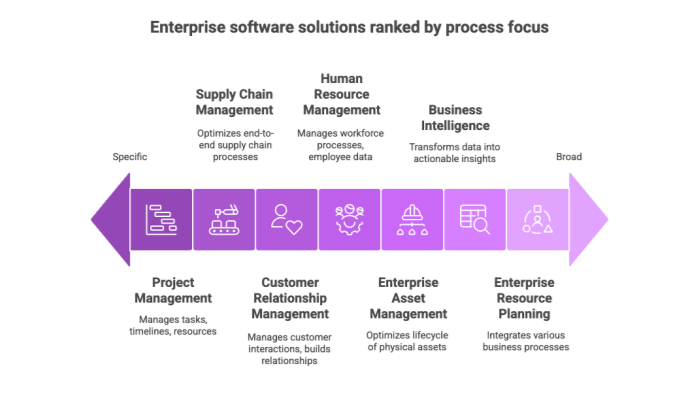

Benefits of Implementing Enterprise Software Solutions
Implementing enterprise software solutions offers numerous benefits that can significantly enhance business operations. These benefits include:
-
The ability to scale operations and optimize day-to-day processes, which is essential for maintaining competitiveness.
-
Improved visibility across departments through ERP systems, enabling quicker and more effective decision-making.
-
Automation of repetitive tasks, significantly increasing organizational productivity.
Cost effectiveness is another major benefit of enterprise software solutions. Streamlining operations and reducing administrative expenses, ERP systems can cut costs by 10% to 50%. Customized solutions further enhance efficiency, productivity, accuracy, and trust within the organization.
Additionally, BI software supports data-driven decisions, providing confidence and empowerment to decision-makers. Overall, enterprise software solutions facilitate real-time reporting, standardize data formats, and improve data management and accessibility through a centralized database.
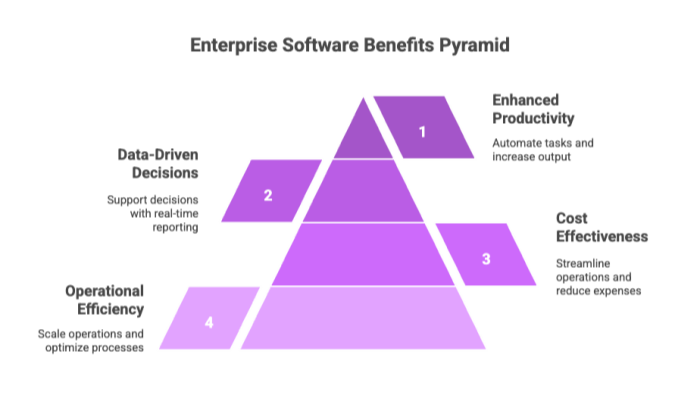

Challenges in Deploying Enterprise Software Solutions
Despite the numerous benefits, deploying enterprise software solutions comes with its own set of challenges:
-
High upfront investment required for licensing, implementation, and training.
-
ERP implementations often exceed budgets and timelines, with roughly 50% initially failing.
-
Customizing ERP systems to meet specific business processes can delay implementation and add complexity.
Data migration and integration challenges are common issues that can disrupt operations and diminish trust in the new system, especially when there is complete transparency. Compliance and regulatory challenges further complicate ERP deployment, especially for companies that need to adhere to various regulations.
Employee resistance to change is another major obstacle, as many prefer existing workflows over new systems. Overcoming these challenges requires a clear implementation and adoption strategy that aligns business objectives with the new system.
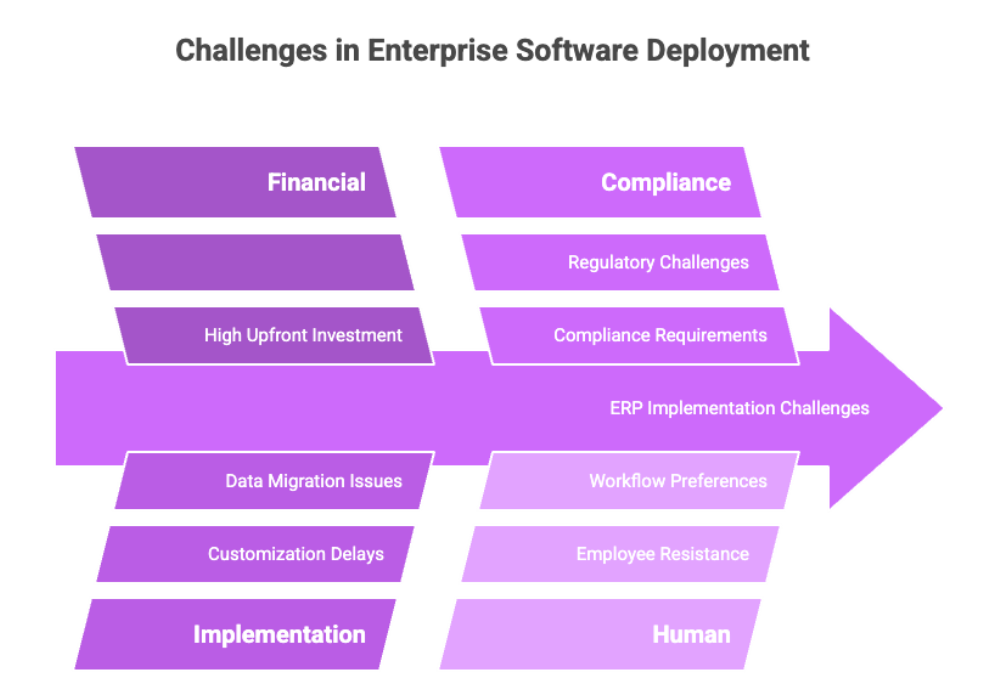

Future Trends in Enterprise Software Solutions
The future of enterprise software solutions is bright, with the global market expected to grow significantly in the coming years. Enhancements in technology will further improve the capability for business transformation and growth within the enterprise software space. As businesses continue to embrace digital transformation, we can expect to see increased adoption of advanced analytics, artificial intelligence, and machine learning in enterprise software solutions.
The integration of a cloud based enterprise solution will also become more prevalent, offering:
-
Greater mobility and data accessibility
-
Evolving collaboration tools that enable better communication and coordination among teams
These trends will help businesses stay competitive and adapt to the ever-changing digital landscape.
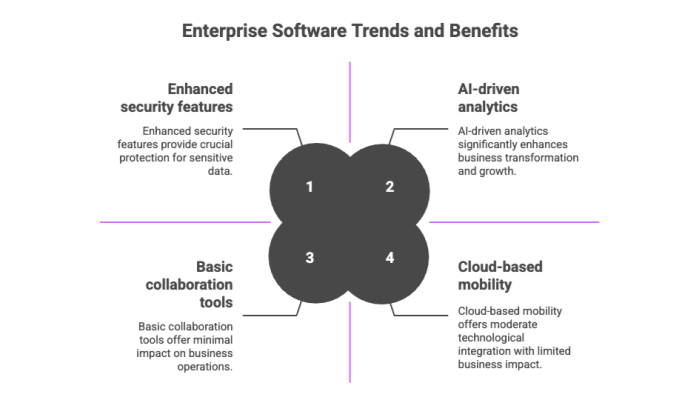

Case Studies of Successful Enterprise Software Implementation
Real-world examples play a critical role in showcasing the successful implementation of enterprise software solutions and their impact on business performance. For instance, Ronin Gallery doubled its productivity and streamlined inventory management across multiple facilities after implementing NetSuite. This ERP system enabled the gallery to manage its operations more efficiently and effectively.
Similarly, N&N Moving Supplies reduced payroll processing time by 84% through the implementation of an ERP system tailored with a time-clock solution. Green Rabbit, another example, managed to deliver tens of thousands of orders daily without inventory errors after adopting NetSuite ERP.
These case studies demonstrate the tangible benefits of enterprise software solutions and highlight their potential to transform business outcomes and business operations.
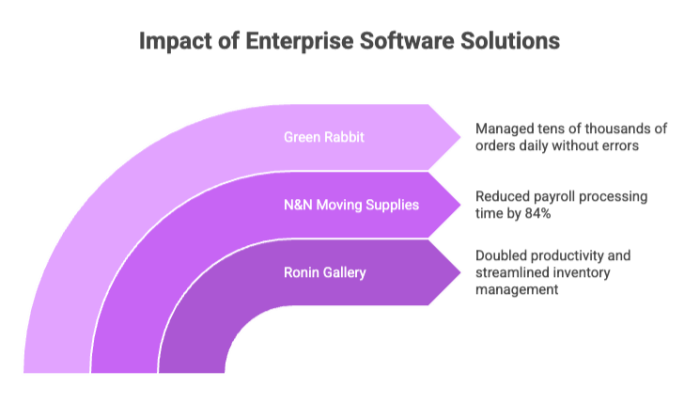

Choosing the Right Enterprise Software Solution for Your Business
Selecting the right enterprise software solution for your business is a critical decision that requires careful consideration. Key criteria to ensure the ERP system meets the organization’s current and future needs include:
-
Flexibility and usability
-
Assessing the functional fit of an ERP solution to align with current and future business processes
-
Considering the reputation of potential ERP vendors by reviewing their industry experience and customer feedback
Engaging stakeholders during the ERP selection process is essential for successful implementation. Writing a formal request for proposal (RFP) helps clarify your needs and sets clear expectations for vendors. Additionally, assessing ongoing support requirements based on the organization’s operational needs and IT capabilities is vital for long-term success.
By taking these steps, businesses can ensure they select the right software solution that will provide lasting value and support their growth objectives.
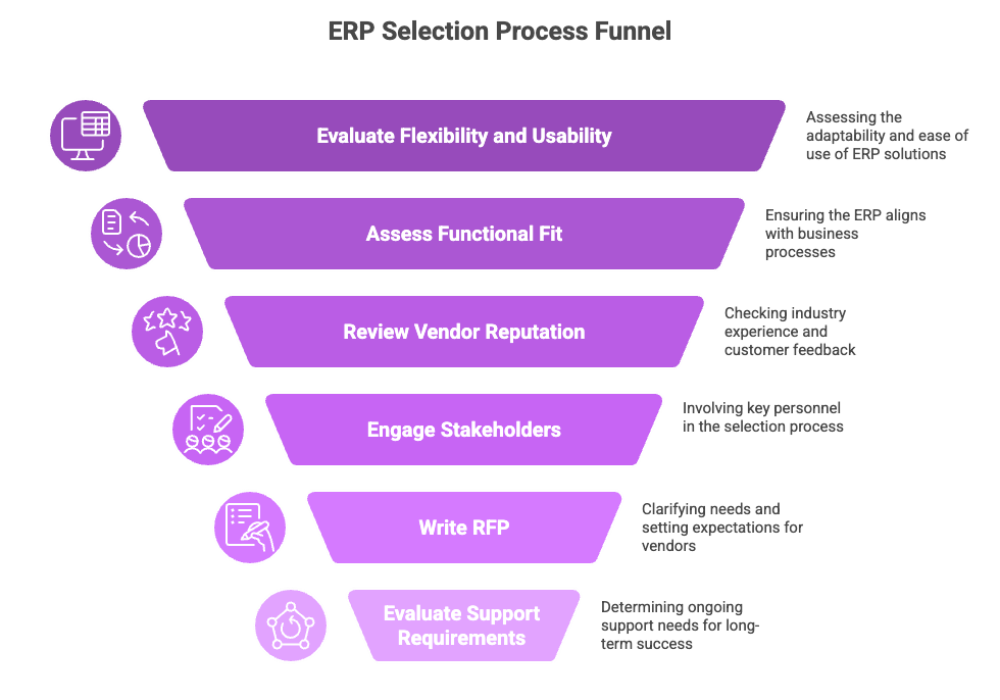

Summary
In summary, enterprise software solutions are powerful tools that can transform business operations, enhance efficiency, and drive growth. From ERP and CRM systems to SCM and BI tools, each type of software plays a vital role in optimizing specific business processes. While there are challenges in deploying these solutions, the benefits far outweigh the obstacles, making them indispensable for modern businesses. By choosing the right enterprise software solution and leveraging the latest trends, businesses can stay competitive and thrive in the digital age.
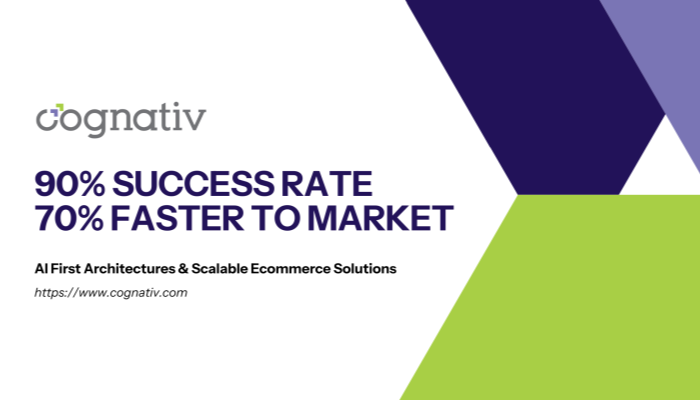

Frequently Asked Questions
This FAQ section addresses common queries about enterprise software solutions, providing insights into their role in optimizing business operations. As a global professional services firm, understanding how these solutions can improve day to day operations, enhance security features, and integrate with in house servers is crucial. Whether you represent small businesses or large enterprises, enterprise software solutions offer customizable options to manage sales pipelines, document management, and data accessibility with unlimited users and unlimited storage. These solutions are designed to significantly enhance a client's competitiveness by streamlining various business processes within their current business structure.
What is the primary purpose of enterprise software solutions?
The primary purpose of enterprise software solutions is to enhance productivity and efficiency in various business processes, such as supply chain management and customer relationship management. Ultimately, these solutions aim to streamline operations and optimize performance within the organization.
What are some common challenges in deploying ERP systems?
Deploying ERP systems often faces significant challenges such as high upfront costs, data migration difficulties, regulatory compliance issues, and resistance from employees. Addressing these obstacles is crucial for a successful implementation.
How do CRM systems benefit businesses?
CRM systems are essential for businesses as they enhance customer relationships, increase satisfaction, and foster loyalty by consolidating data and enabling personalized interactions. This leads to more effective relationship management and improved customer retention.
What are the future trends in enterprise software solutions?
The future of enterprise software solutions will be characterized by a heightened integration of advanced analytics, artificial intelligence, and cloud-based systems, enhancing mobility and data accessibility for organizations. Embracing these trends will be crucial for businesses aiming to remain competitive.
How can businesses choose the right enterprise software solution?
Businesses should assess the flexibility, usability, and vendor reputation of potential enterprise software solutions, engage stakeholders in the selection process, and write a formal request for proposal (RFP) to clarify their needs and expectations. This approach ensures a well-informed and collaborative decision-making process.

